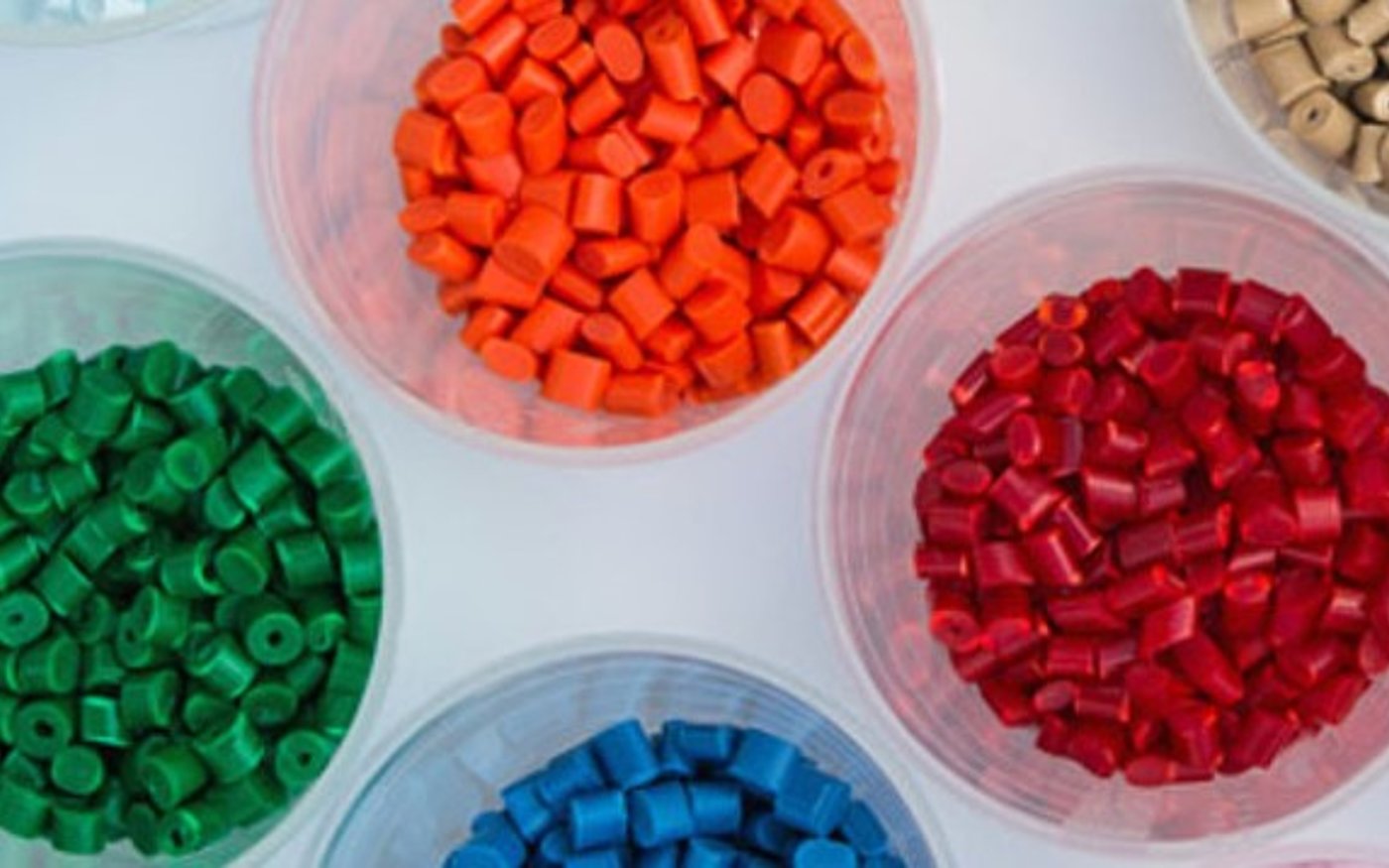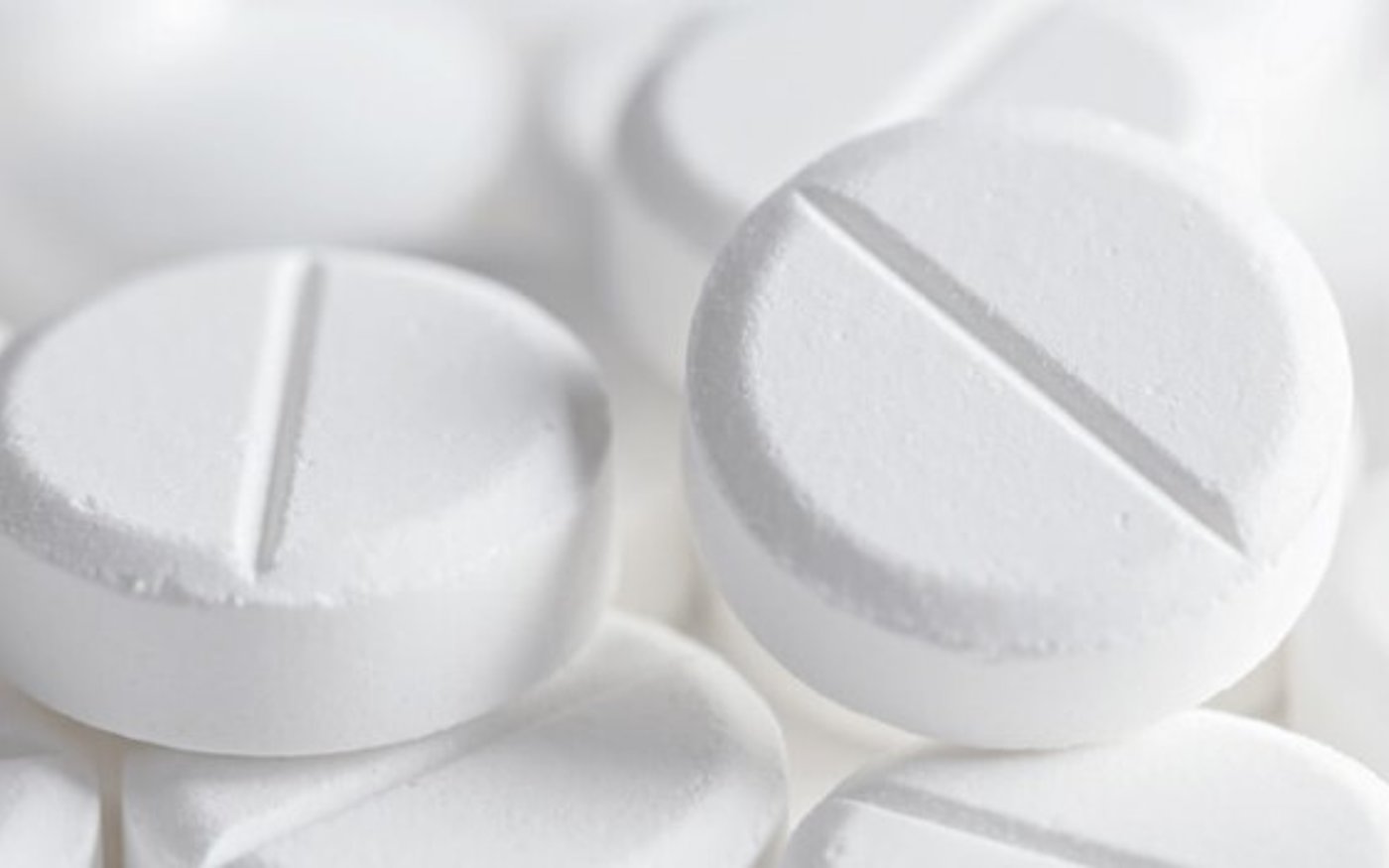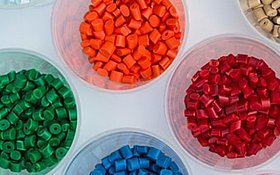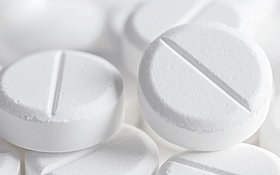Specific rules regarding food additives are set down in the Regulation (EU) No. 231/20121). It lists all the permitted food additives with the respective E numbers and upper and lower limits for certain food additives. (The E simply stands for Europe.) These limits are valid for the distribution in the EU. For some years now, they have been made part of Swiss law as well. The factories of most of the clients are found within the EU, some of them also in America and Asia. KFN has entered into specific quality assurance contracts with very many of these clients. Generally, a minimization of critical ingredients is what is aimed for. This is especially true for
- lead
- Cadmium
- arsenic
- Mercury
- Barium
- aluminum
- Silicium
- Sulfur
- iron
- manganese
The fact that our management system has been certified in accordance to ISO / FSSC 22000 is highly welcomed by all these clients.
The following is an overview of the different special products.
Calcium stearate (E 470a):
- Used as a stabilizing element in Polyvinylchloride (PVC) and other plastics. It is usually used in combination with zinc stearate. This replaces the formerly used lead stearate (using lead for this purpose is now illegal, as it is a health hazard).
- Used along with pure calcium hydroxide as an acid scavenger; is also used as part of a mixture with a multitude of other chemicals.
- For this, a very fine grade calcium hydroxide is essential, as only it will distribute “discreetly”, i.e. without white marks, within the plastic. This is especially important for the incorporation into very thin foils.
- Also used as a gliding agent in pharmaceutical products, as lubricant in the paper and the metal processing industries, and as a hydrophobic agent in construction materials.
- Produced directly from calcium hydroxide and stearic acid. In most cases, nekablanc 0 is used, as its fine grain size allows for a high quality of the final product. Calcium oxide, i.e. nekafin 2 or nekafin 0 are also used for this purpose.
- A high whiteness of the final products is sought for. If impurities through iron oxide and manganic oxide can be reduced to a minimum, this will have a very positive effect.
Calcium citrate („Tricalcium dicitrate“, TCC, E 333):
- Is used for calcium enriching / food additive in foods, also as an acidity regulator and stabilizing agent in pharmaceuticals, feeds and toothpastes.
- Offers more bioavailability of calcium than calcium carbonate or calcium phosphate, as it is more easily dissolved.
- Is made from a watery lime milk made from calcium hydroxide (nekablanc 0) and citric Acid.
- The base products have to comply with the regulations for food additives (Ca hydroxide: E 526, Ca oxide: E 529).
Calcium gluconate (E 578):
- Serves as acidity regulator, stabilizer, anti-caking agent and sequestering agent in the food industry.
- Is used in emergency medicine in cases of poisoning with hydrofluoric acid or hydrogen fluoride, reacts to indissoluble calcium fluoride.
- For veterinary medical purposes it is used to treat a low calcium content in the blood.
- Is made from a watery lime milk made of calcium hydroxide (nekablanc 0) and gluconic acid.
Calcium lactate (E 327):
- Used as a humectant and acidity regulator in the food industry.
- Can be found in old cheese, crystallizing on its surface.
- Reacts with pectin in cut fruit and vegetables to calcium pectinate, hardening and prolonging their keepability.
- Is made from a watery lime milk made from calcium hydroxide (nekablanc 0) and lactic acid.
Calcium lactate gluconate (E 327, E 578):
- Double salt of lactic and gluconic acid
- Comes with a very high solubility and a very good bioavailability of calcium (second only to calcium chloride).
- Made from a watery lime milk of calcium hydroxide (nekablanc 0) and a mix of lactic and gluconic acid.
Calcium propionate (food additive E 282):
- Is used as a conservative in foods. It inhibits the spread of fungi (such as mold in bread and bakery goods). It is also used as a conserving agent in cosmetics and feeds.
- Is made directly from calcium oxide (nekafin 2, nekafin 0) and calcium hydroxide (nekablanc 0) with propionic acid. Alternatively, it can be made from a watery calcium hydroxide-(nekablanc-0-)suspension.
Calcium butyrate:
- Used to maintain a healthy intestine microflora in the breeding of different animals. Also used to protect animals from diseases.
- Is made from calcium hydroxide (nekablanc 0), calcium oxide (nekafin 2, nekafin 0) and butyric acid.
Calcium phosphates: Tricalcium phosphate, Calcium dihydrogen phosphate,Calcium hydrogen Phosphate
(in different compositions, all referred to under E 341)
- Used as acidity regulators, anti-caking agents, fortification agents and separating agents in baking powders and feeds; are also suitable for the production of ecological foods.
- Tricalcium phosphate is used in bone surgery and implantology as a synthetic bone replacement.
- The creaminess of soft cheeses is improved by calcium hydrogen phosphate. Also, products made from potatoes are given an extended shelf life and a brighter color. Additionally, it serves as a feed additive and is an ingredient of many toothpastes.
- Are made using a calcium hydroxide suspension (nekablanc 0) and phosphoric acid.
Calcium peroxide (E 930)
- Used as an antiseptic (preventing the infection of wounds) in toothpastes and chewing gum as well as for the disinfection of the root canal in dentistry. Additionally, it is used as a dough enhancer in the baking industry.
- Made from a watery suspension of calcium hydroxide (nekapur 2) and hydrogen peroxide.
Calcium pantothenate:
- Pantothenic acid is also referred to as Vitamin B5, so is an important part of the metabolism of humans and vertebrates.
- The calcium salt of this acid is used for the healing of wounds, to treat hair and as a feed additive.
- Made from a watery suspension of calcium hydroxide (nekapur 2) and pantothenic acid.
Calcium salts from folic acid derivatives
- They are pharmaceutical active substances. They are used as a food additive to treat a lack of folic acid (folic acid is a vitamin), sometimes also for the treatment of depressive episodes and cancer.
- Made from calcium hydroxide (nekapur 2) and the respective folic acid derivative.
Summary
There are a large number of additives based on calcium. For these, the very pure and partially also very fine KFN products are a very solid base product fundament. The certification of our QM system according to ISO / FSSC 22000 ensures that our products are made in the hygienic environment necessary. We are constantly amending the list of our very demanding clients.
- Regulation (EU) No. 231/2012 of the EU Commission of 9 March 2012 with specifications for the food additives listed in appendices II and III of the Regulation (EU) No.1333/2008 of the European Parliament and the European Council
- Most information was gathered from Wikipedia, some also from the web sites of our Clients.






